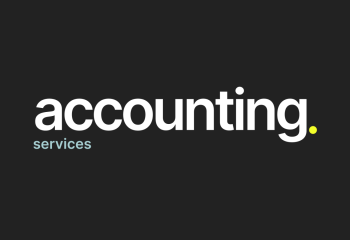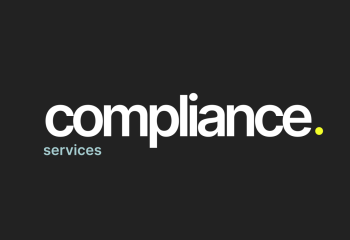Optimizing Cash Flow for SMEs: A Sustainable Growth Strategy
Views: 751
Effective cash flow management is critical for small and medium-sized enterprises (SMEs) in a fluctuating economic environment. Optimizing cash flow not only ensures operational continuity but also lays the groundwork for sustainable growth. Appropriate strategies will enable businesses to leverage resources and enhance long-term value.
.png)
What is Cash Flow Optimization?
Cash flow refers to the movement of money into and out of a business, reflecting its ability to generate revenue and manage expenses, including maintaining daily operations, paying employee salaries, and avoiding insolvency. Simply put, it represents the cash or liquid assets available at any given time to meet short-term obligations and invest in growth opportunities.
Cash flow optimization involves managing a business’s income and expenditures effectively to ensure liquidity, invest in growth, and maximize profitability. This process includes improving cash inflow strategies, managing outflows, and using available resources judiciously. This helps avoid financial shortfalls, minimize insolvency risks, and capitalize on opportunities without relying on external funding.
Why Do SMEs Need Cash Flow Optimization?
In a diverse and uncertain market economy, businesses face challenges such as limited assets, delayed payments from customers, high operating costs, and shifting regulatory and geopolitical conditions. All these factors can significantly impact cash flow.
For SMEs and startups, optimizing cash flow is essential to ensure these activities:
-
Meet short-term financial obligations: Timely payment of debts, taxes, employee salaries, and supplier invoices helps maintain good relationships and avoid penalties.
-
Finance operational costs: Stable cash flow ensures uninterrupted operations even during challenging periods.
-
Invest in growth opportunities: Positive cash flow creates opportunities for reinvestment, product development, or market expansion.
-
Enhance business credibility: Transparent and stable cash flow builds trust with customers, stakeholders, and partners, increasing the overall value of the business.
With advancements in electronic payment methods and financial technology, businesses now have access to tools that optimize cash flow, facilitate quicker transactions, provide real-time tracking, and improve financial forecasting accuracy.
Methods to Optimize Cash Flow for SMEs
-
Forecasting and Planning
Creating a cash flow forecast helps businesses manage resources effectively and identify financial challenges early. This involves predicting cash inflows from customers, interest, service fees, and other sources while detailing the timing and purpose of future expenditures such as rent, salaries, taxes, inventory, and operational costs. Businesses should consider payment history, debt processing, supplier patience, and avoid baseless assumptions. A comprehensive plan supports efficient resource management, risk reduction, and sustainable growth.
-
Accelerating Receivables
Shorten the time it takes to collect payments from customers. Strategies include offering early payment discounts, sending invoices promptly, and using automated reminders for overdue payments. Improving debt recovery enhances cash inflows and ensures smoother operations.
-
Extending Payables
Negotiate extended payment terms with suppliers to retain cash in the business longer. This helps optimize cash outflows. However, it is important to balance relationships with suppliers to avoid operational disruptions. Open communication and partial timely payments can help maintain this balance.
-
Reducing Inventory Costs
Optimize inventory management by lowering stock levels, improving demand forecasting, and implementing just-in-time inventory methods. This frees up cash, reduces storage costs, and minimizes the risk of obsolete inventory, improving cash flow.
-
Applying Technology and Financial Software
Using technology and financial management software can streamline processes, reduce errors, and lower administrative costs, allowing more focus on core business activities. Financial technology also enhances data accuracy and financial transparency. Real-time data access enables SMEs to identify risks and opportunities, giving them a clearer understanding of their financial status.
Author: Vo Nguyen Anh Thu - Accounting Department
Date: 16.01.2025
.png)

























![?️ [ALTAS TALK IS COMEBACK | SERIES: “TAX MATTERS 2025”] ?️ [ALTAS TALK IS COMEBACK | SERIES: “TAX MATTERS 2025”]](thumbs/210x144x1/upload/news/altas-talkintro-7705.png)



